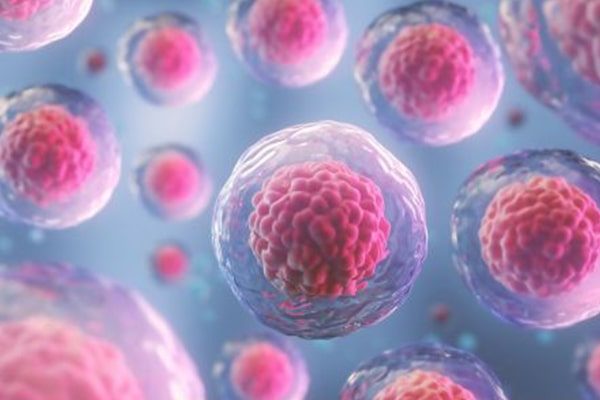Eukaryotic Signal Sequences
Proteos is a reputable contract service organization, committed to providing high-quality recombinant protein production services and deliverables that meet or exceed client expectations. The scientific staff has decades of combined experience. They can anticipate challenges that may arise during protein production and leverage their knowledge and past successes to devise innovation solutions and optimize the overall workflow. Selection of the proper signal sequence for recombinant protein production in mammalian and insect cell culture is a crucial step that should not be overlooked during construct design.
A eukaryotic signal sequence is a series of amino acids that targets a protein to the secretory pathway. Secretory proteins are modified in the endoplasmic reticulum (ER) and Golgi apparatus prior to translocation across the cell membrane into the extracellular space. A signal sequence consists of approximately 15-30 amino acids and is typically located at the protein’s N-terminus. There are many eukaryotic signal sequences, but they share three common components. First, the N-terminus is composed of basic, positively charged amino acids. Second, the central amino acid residues are hydrophobic. Third, the polar C-terminus contains a signal peptidase cleavage site that is recognized in the ER. For recombinant secretory proteins, a signal sequence is required for successful targeting to the insect or mammalian cell culture supernatant.
Upcoming blogs will discuss selection of an optimal signal sequence and troubleshooting protein secretion.
The Proteos team provides customized, adaptable milestone-driven scopes of work to facilitate data-driven decision making while mitigating risks. Contact us today to start the discussion.


